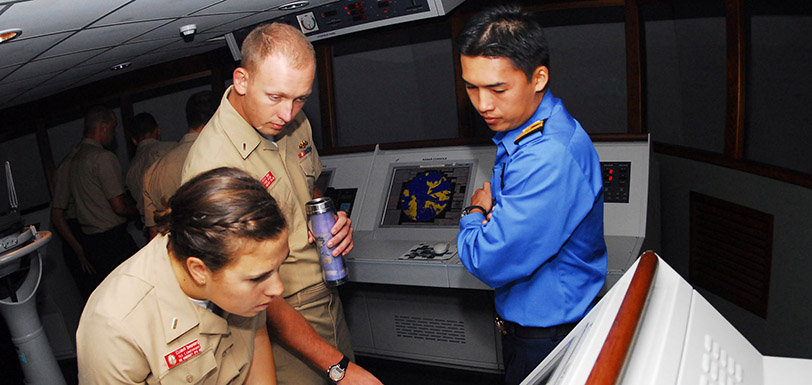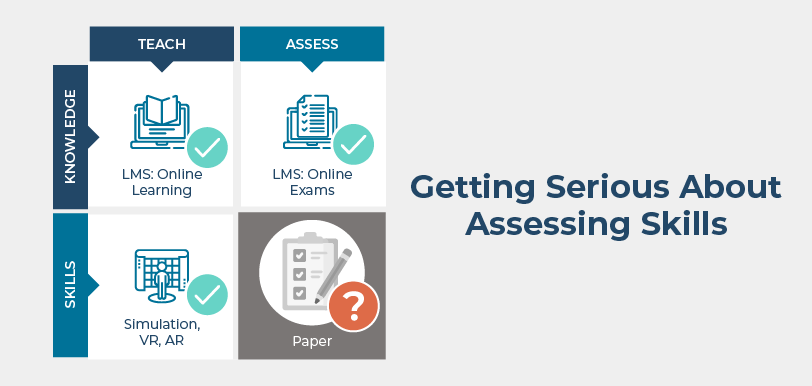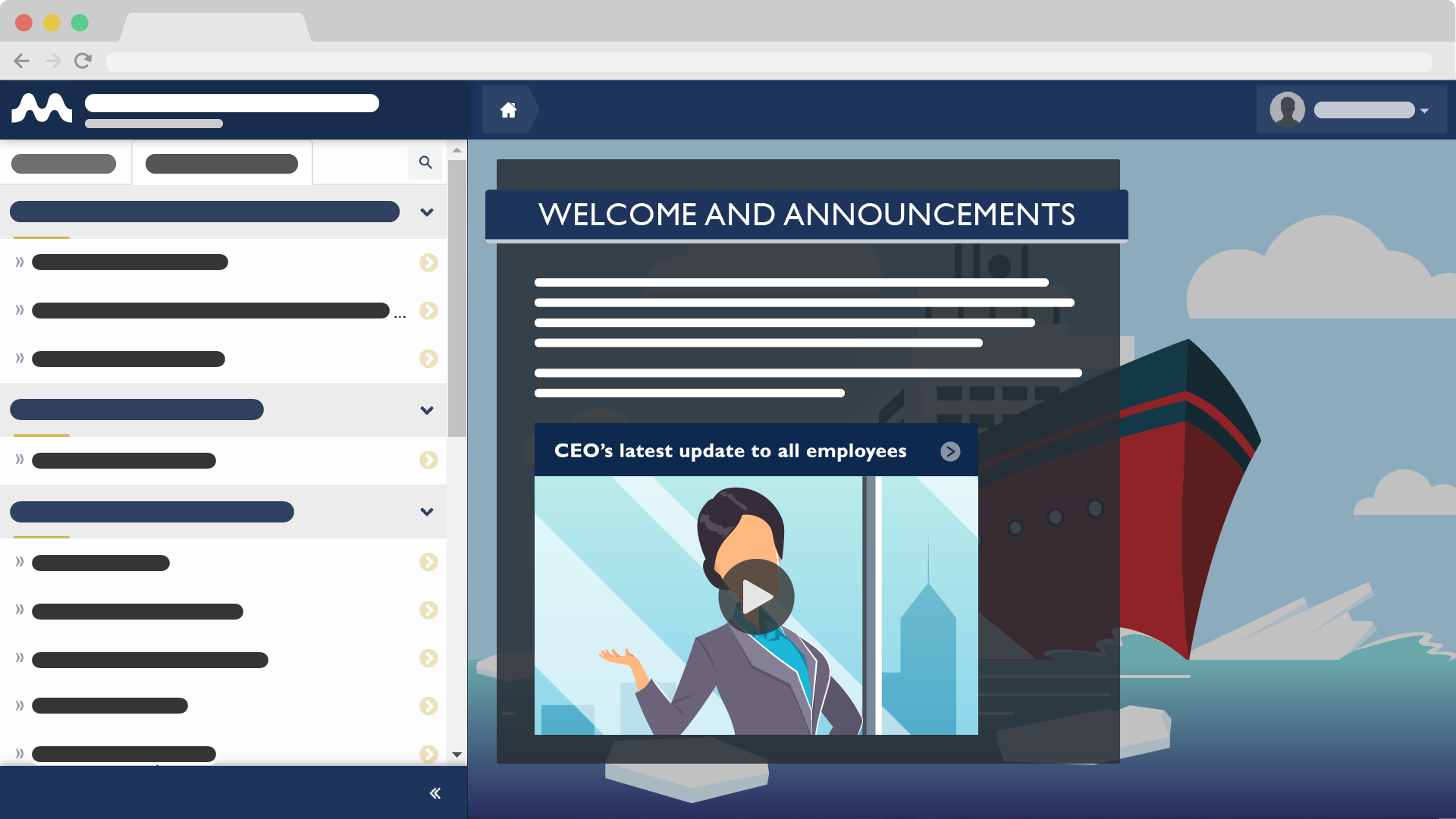How to Motivate and Engage Your Trainees
Mar 23, 2016 Murray Goldberg 0 Tips, Trainee MotivationIntroduction
As trainers, we are all aware of the relationship between trainee motivation and training outcomes. When a trainee is deeply motivated to learn, he or she is more likely to do well than a trainee who is not. But not all types of motivation create an equal incentive to learn, and most training programs dedicate very little effort to building and reinforcing motivation in their trainees. This article looks at motivation in training, and provides simple suggestions on how to help motivate trainees.
Why is Trainee Motivation Important?
Why are your trainees in training? What is it they are trying to achieve?
These motivations greatly influence how a trainee will approach their training and how effective their training is going to be. Yet how many of us actually consider trainee motivation and work to address it, channel it, and increase it? We may spend a lot of time optimizing our training, but what about the motivation to learn? If we provide the tools and means to learn, but ignore the motivation, then we are missing half of the requirements for success.
Some might argue that motivation is inherent in the way we train and assess. As long as our assessments at the end of training cover the needed topics, then they provide their own motivation. In fact, this is how most training programs are built – the trainee is motivated to get the certificate or the job, so they are motivated to do well on the exams. This type of motivation does produce a certain level of learning performance, but it misses the real opportunity to harness motivation as a learning tool.
The type of inherent motivation described above (the motivation to get the job or certification) is the same as the “motivation to pass the test”. This is different than the deeper level of motivation: “motivation to learn the material”.
Most trainees have a good idea of what will be tested, and to what depth. They know that it is not possible to test everything. If their primary motivation is to pass the test, then their learning is likely to stop at the point where they feel they have learned enough to just pass. However, if their motivation is to learn the material as well as possible, they are inclined to learn more deeply and broadly. So – how can we instill a desire to learn, as opposed to simply a desire to pass?
Creating the Desire to Learn
In my experience, trainers usually do a fairly poor job at creating the desire to learn. In fact, continuing from above, it could be argued that a singular focus on assessment creates a negative incentive. Trainees become focused on what will be on the exam, rather than the reasons for gaining knowledge and proficiency. It reduces the focus on other critical aspects: professionalism, knowledge and competency.
As a past faculty member, having taught thousands of students myself, I was guilty of this. I usually did say some words at the beginning of each session to relate the importance of the material we were about to cover. I also always tried to instill a love of the subject (and therefore a desire to learn) in my students. Trying to provide verbal motivation and sharing your love of a subject is far better than doing nothing, but it didn’t instill the desire to learn.
However, over the years I had two experiences which taught me the power of deeper motivation, and ways to engage students. I’ve come to call these two experiences the “Carrot” and the “Stick”.
The Carrot
I came to realize as a faculty member of a university and after years of teaching students, that students who have done work experience terms often appeared much more focused and mature, and would almost uniformly do well in class. In these co-op programs, students intermix classes with real work experience.
I interviewed many co-op students about their experiences. And what I found was that nearly every one of them felt that their education was much more meaningful to them after they had work experience under their belts. They said that the work provided a context for the learning they did in class. It helped them understand how the knowledge taught would (or would not) be applied in their professional lives. They said it also gave them a context into which they could fit their lessons – essentially providing an almost endless supply of examples to reinforce their knowledge.
This context gave them the desire to learn because they could see why the knowledge was important, and it made the knowledge easier to learn because there was a framework of experience into which each bit of knowledge could be placed.
So how can this principle be applied to maritime training?
Probably one of the best ways is to provide trainees with some context at the beginning of their training. This is one case where job shadowing may be an excellent tool. If the trainee is able to follow an experienced mariner for a day or so before training begins, the trainee will gain an understanding of the work environment and will see much of the equipment involved. This will provide the context and framework (and hopefully some curiosity and enthusiasm) for the upcoming training. This can make knowledge retention easier and increase their desire to learn. It will help them understand the complexity of the job and raise questions in them which they can ask during training – making subsequent training activities more interactive and engaging.
If job shadowing is not possible – then it may help to provide a video tour of the workplace and routines, followed by a presentation by an experienced mariner about what it is like to work in their particular role.
The bottom line is, give your trainees as much context as possible and try to instill curiosity and enthusiasm at the beginning of training.
The Stick
One year, to introduce a section on safety-critical software systems, I decided to show the students videos which described real-world industrial accidents that occurred as a result of software errors. The videos described the common software errors and how they resulted in the described accident. The videos effectively connected the errors with gruesome descriptions and images of the consequences.
Although I initially presented these videos as a short introduction to the module. I quickly found that they caused the students to be intensely attentive to the lectures covering that module. This was in contrast to the rest of the course where it was often quite difficult to generate student interest. Why was this?
The students were already very familiar with the kinds of simple software errors that the videos described. However, they had never before been presented with the real consequences that could result from them. All of the sudden, the students could relate: the videos brought home the importance of what they were learning, and gave them the desire to learn the material – not just the desire to pass the exam.
How can we apply this to the maritime?
Fortunately, and sadly, it is very easy to come across descriptions of maritime accidents. They can be used as case studies to help give meaning to the knowledge and skills you teach. Many of you are likely familiar with government maritime accident investigation sites which provide accident descriptions and cause analysis. Some sites are listed below:
One such site is the American National Transportation Safety Board Marine Accident Investigations.
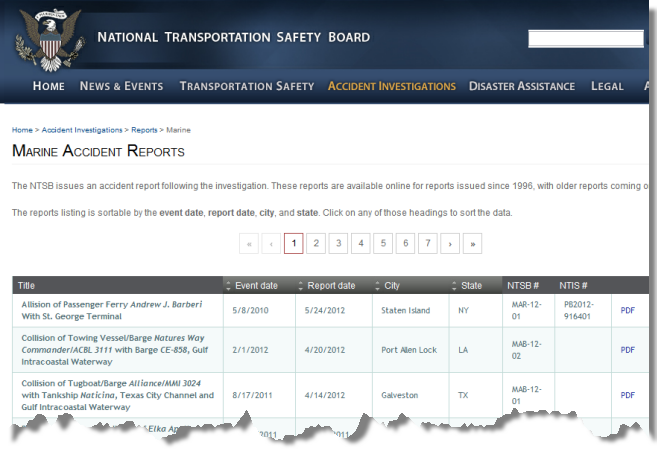
They provide the name and date of the accident, along with the full text of the investigation report, as well as a useful one-page summary. Information on these investigations can be found online here: http://www.ntsb.gov/investigations/reports_marine.html.
Another similar site is the United Kingdom’s Marine Accident Investigation Branch (MAIB).
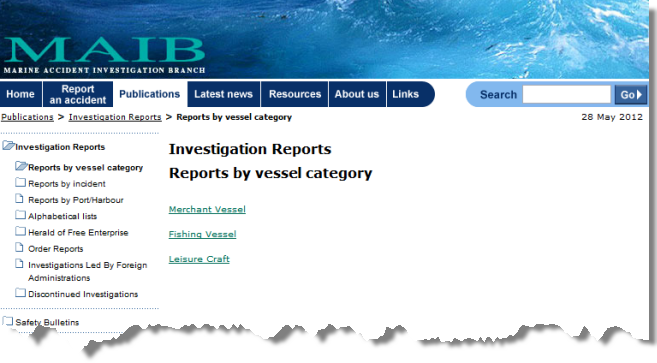
They examine and investigate marine accidents on UK vessels, as well as on other vessels in UK territorial waters. Like the NTSB site, this site provides details on each accident including the full text of the accident report. It can be found here: http://www.maib.gov.uk/publications/investigation_reports.cfm.
These accident reports are real and meaningful to trainees – especially if they have already been on-board for a day or so of job shadowing. They can easily appreciate the consequences and gain an understanding of how quickly things can go very wrong.
Not only can the reports help motivate, they are also valuable teaching tools to initiate discussions like: “what failures, in terms of applying knowledge or skills, contributed to this accident”? Inform trainees that knowledge and skills can save lives, and that the first step in gaining that knowledge and those skills starts where they are sitting, in class.
Conclusion
The motivation that trainees inherently have to gain their certification falls short of creating the desire to learn. Yet without the desire to learn, trainees are much less likely to retain and deeply learn the knowledge and skills your training program is providing. To some degree, the desire to learn is a character trait and therefore varies according to the personality of the individual. However, there are steps we can take to move trainees from simply having the “desire to pass the exam” to having the “desire to learn”. Doing so will yield benefits in training and professionalism.
Follow this Blog!
Receive email notifications whenever a new maritime training article is posted. Enter your email address below:
Interested in Marine Learning Systems?
Contact us here to learn how you can upgrade your training delivery and management process to achieve superior safety and crew performance.


